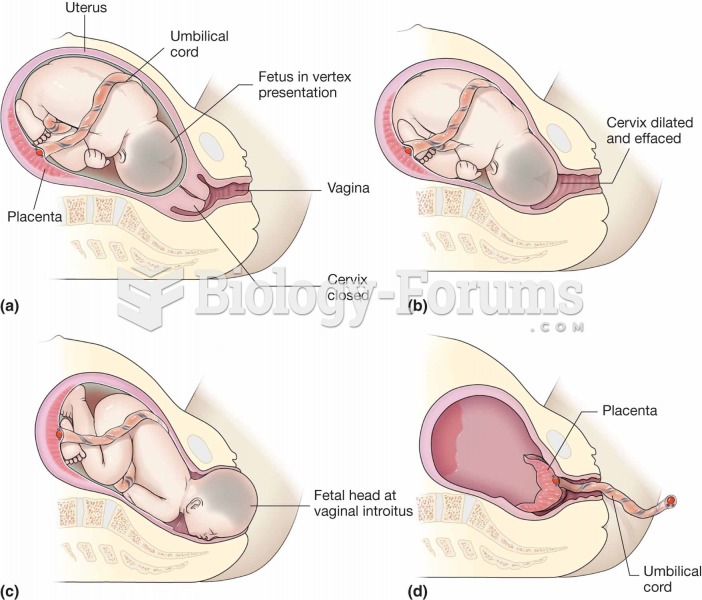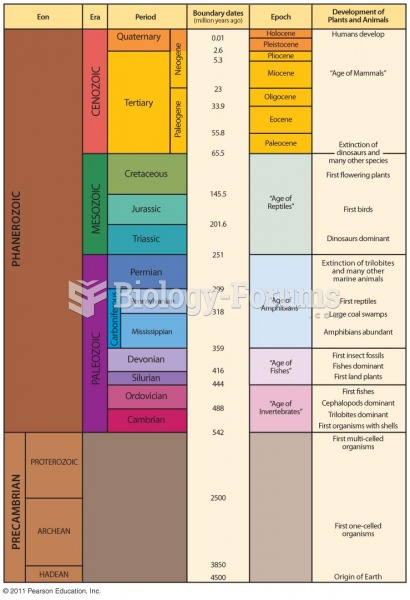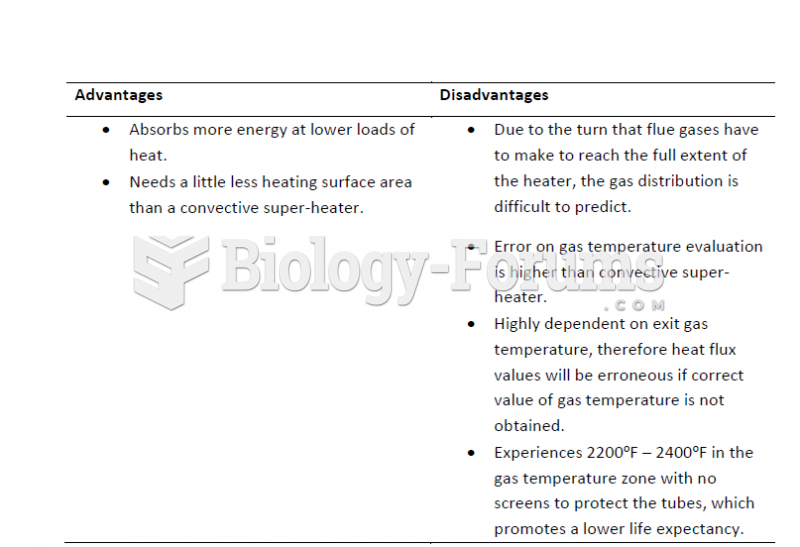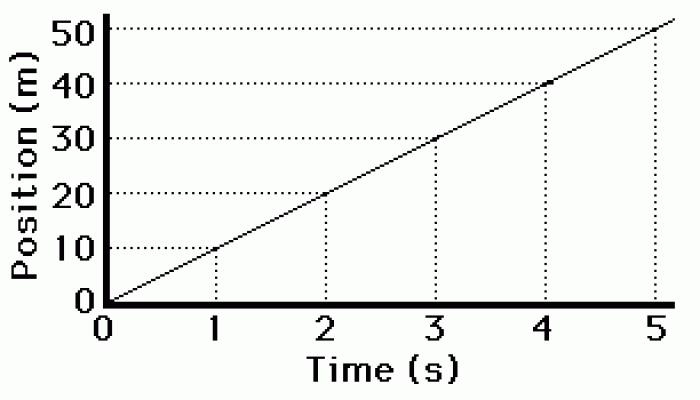Answer to Question 1
Answer: Just-in-time delivery is a system where materials are scheduled to arrive at a factory moments before they are needed. Just-in-time delivery is especially important for delivery of inputs, such as parts and raw materials, to manufacturers of fabricated products, such as cars and computers.
Proximity to market has long been important for many types of manufacturers. Under this model, parts and materials arrive at a factory frequently, in many cases daily if not hourly. Suppliers of the parts and materials are told a few days in advance how much will be needed over the next week or two, and first thing each morning exactly what will be needed at precisely what time that day. This reduces the money that a manufacturer must tie up in wasteful inventory, this saving on inventory stock up costs. To meet a tight timetable, a supplier of parts and materials must locate factories near its customers. If only an hour or two notice is given, a supplier has no choice but to locate a factory within 50 miles or so of the customer.
There are several factors that can disrupt the smooth operation of the just-in-time mode. These include labor unrest, traffic delay issues and natural disasters.
Labor unrest: A strike at one supplier plant can shut down the entire production within a couple of days. Also disrupting deliveries could be a strike in the logistics industry, such as truckers or dockworkers.
Traffic issues: Deliveries may be delayed when traffic is slowed by accident, construction, or unusually heavy volume. Trucks and trains are both subject to these types of delays, especially crossing international borders.
Natural hazards: Poor weather conditions can afflict deliveries anywhere in the world. Blizzards and floods can close highways and rail lines. The 2011 earthquake and tsunami in Japan put many factories and transportation lines out of service for months. Carmakers around the world had to curtail production because key parts had been made at the damaged factories
Answer to Question 2
Answer: In the U.S., vehicles are fabricated at about 50 final assembly plants, from parts made at several thousand other plants. Most of the assembly and parts plants are located in the interior of the country, between Michigan and Alabama, centered in a corridor known as auto alley formed by north-south interstate highways 65 and 75. For a bulk-gaining operation, such as a final assembly plant, the critical location factor is minimizing transportation to the market.
If a company has a product that is made at only one plant, and the critical location factor is to minimizing the cost of distribution throughout North America, then the optimal factory location is in the U.S. interior rather than on the East or West Coast. Most parts makers also locate in auto alley to be near the final assembly plants. Seats, for example, are invariably manufactured within an hour of the final assembly plant. A seat, like most bulky parts, is an especially large and bulky object, and carmakers do not want to waste valuable space in their assembly plants by piling up an inventory of them.
Within auto alley, U.S.-owned carmakers and suppliers have clustered in Michigan and nearby northern states, whereas foreign-owned carmakers and parts suppliers have clustered in the central and southern portions of auto alley.







